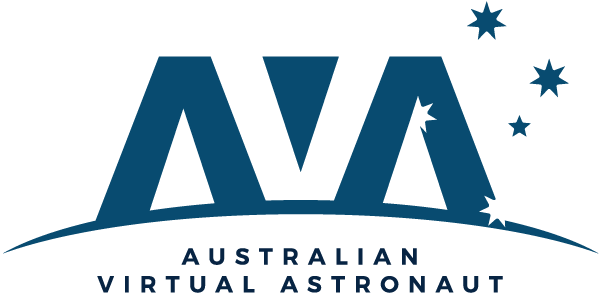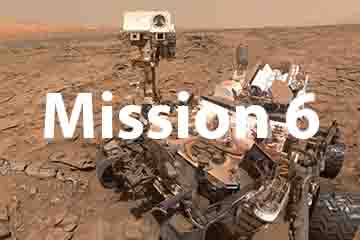Australian Virtual Astronaut Challenge
Mission 5 | Design
The most promising solutions
In order to design effectively students need to be able to communicate their ideas. In Mission 5 of the Australian Virtual Astronaut Challenge, students will develop their designing skills with Glenny-D, Gillian Hewitt and Ian Preston. We will also conclude our conversation with Nick de Leon discussing design and previewing the next mission topic ‘Prototyping’.
Register for the 2024 challenge here

Introduction
What is “Design”?
This stage of the iSTEM engineering design process requires students to design & refine ideas in readiness for their first prototype. How do the ideas fit together? Which is the best design to trial? Are all resources available?
Use the lesson below to commence solving one of the following scenarios
- Earth Observation
- Robotics
- Home on the Moon
- Growing food in space
- AI in Space
Mission Brief
Key Questions for Students to consider
- Is the design concept a product, environment, system, or something else?
- What kind of subject matter experts can you bring on to help you design the best solution?
- How do we combine many ideas into design solutions?
- How do you resolve conflicting design ideas?
- How do you choose the best design?
- Do you have the skills required to produce the design solution
Possible Activities
- Use convergent thinking to develop ideas and refine solutions.
- Work collaboratively to enhance solutions.
- Produce sketches, detail drawings, digital graphics to communicate solutions.
- Use critical thinking, problem solving, and entrepreneurial activities to produce the ‘best solution’.
- Use a range of design tools to communicate ideas.
Suggested Learning Sequence – Mission 5
Our expert curriculum designers have developed a suggested Mission 5 learning sequence for teachers. The following is for the full set of AVA resources, however, teachers are encouraged to only use activities that are most suitable for their own class and school setting.
Sub Mission 1: Setting the Scene Watch the introductory video for mission 5, which includes Nick De Leon and Ted Tagami.
Sub Mission 2: Design Thinking Activity Provide students with the design thinking worksheet and get students to complete the 2-minute design challenges as described by Nick De Leon in the opening video.
Sub Mission 3: Divergent and Convergent Thinking Watch video from Anne Manning to learn how to complete the divergent and convergent thinking exercises. Provide students with the design ideas worksheet, and get them to complete a series of exercises taking their best six design ideas and synthesizing them down to one final design solution.
Sub Mission 4: Observational Drawing Watch the Imaginaturalists video from Gillian Hewitt. Provide students with worksheet and complete drawing exercises. As an extension teachers may wish to complete the herbarium sheet activity. Although this work is applicable to all scenarios it is particularly relevant to Home on the Moon and Growing plants in space.
Sub Mission 5: Design Drawing Watch the fundamentals of drawing for design video by Glenny-D which covers the three keys for learning to draw your ideas in 3D. Provide students Design Drawing worksheet and get students to produce some design drawings of their final idea.
Extension Mission 6: Computer-Aided Design Watch Using CAD in Design video, where Mr Ian Preston discusses how to use CAD in design. Provide students with worksheet and discuss Computer-Aided Design. Get students to complete CAD design challenge.
Sub Mission 7: Scenarios Get students to watch the selected videos from their selected scenario to provide additional context for their project.
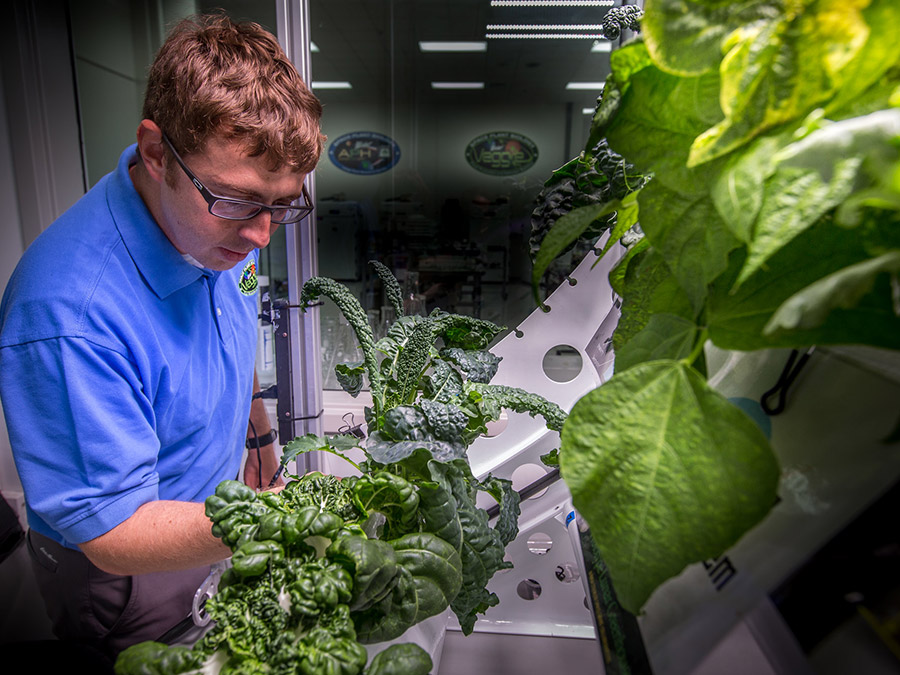

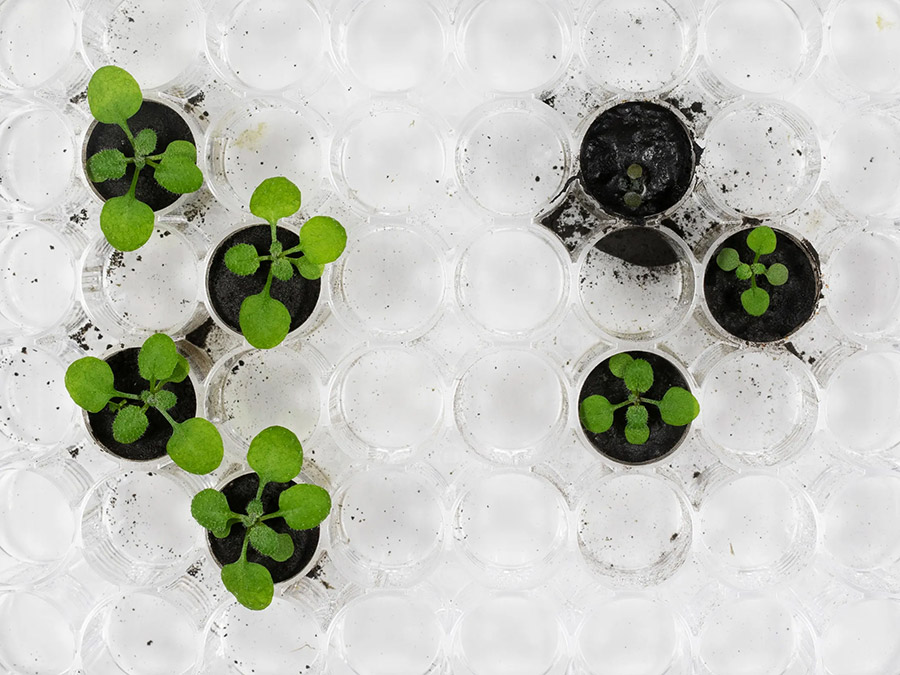



Downloadable Resources


Design Thinking
In this worksheet, students complete a 2 minute design thinking exercise as described by Nick de Leon in the opening video. It is designed to be a fun activity to get students to think about for whom they are designing.
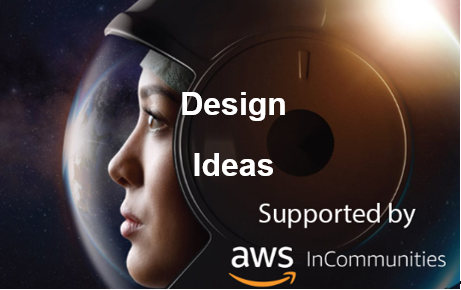

Design Ideas
In this worksheet, students learn about divergent and convergent thinking. Students complete a series of exercises taking their best six design ideas and synthesizing them down to one final design solution.


Design – Imaginaturalists
These worksheets have been designed to get students to use the power of observation and communicate information through drawing. Also has a how to prepare hebarium sheets activity. Best used for scenario 3 and 4.


Design Drawing
In this worksheet students use the techniques described by Glenny-D to draw detailed drawings for the purpose of producing a prototype.
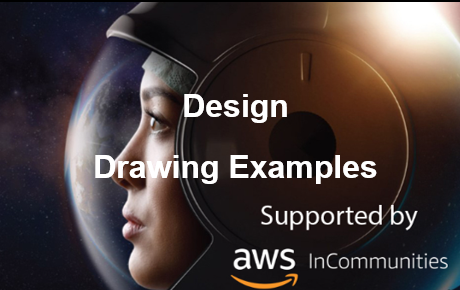

Design Drawing – Examples
This is a supplementary worksheet for the Glenny-D design drawing activities. In this worksheet is some sample work completed by Glenny-D in his video.
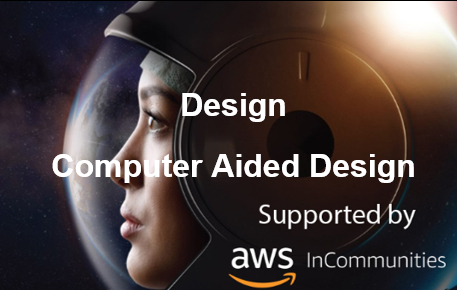

Computer Aided Design
This worksheet is to support the Tinker-CAD video presented by Mr Ian Preston. It has related information about CAD packages and a CAD based design challenge.
All Scenarios – Resources
General background information for teachers and students to support challenge activities
Convergent vs Divergent Thinking
Anne Manning from Harvard Professional Development demonstrates exercises for divergent and convergent thinking. (3:38 min)
Fundamentals of drawing for design
Glenn Lawrence from Design Nuts covers using fine lines and simple shapes as building blocks for design (16:19 min)
Observational drawing
Gillian Hewitt from Imaginaturalists discusses how to use observation of fine detail when drawing (13:55 min)
Using CAD in design
Ian Preston, Deputy Principal of the NSW Virtual STEM Academy discusses how to use CAD in design (14:46 min)
Designing the most promising solutions AWS Aerospace & Satellite Solutions
Designing a solution for AI landing a rocket on the moon
Careers in Space with with Harrison Verrios
Scenario 1: Earth Observations
STEM 2021 – Goddard Flight Space Centre
Join earth scientist Dr Dahlia Kirschbaum as she describes how storm systems originate and move across our atmosphere, allowing us to track changes in soil moisture globally. She describes the work being done to avoid natural disasters as well as the tracking of aerosols such as Sulfate, Carbon, Nitrates. (6:12 min)
Changes in Air Quality during the Pandemic
The Ozone Monitoring instrument on the Aura Satellite measures the intensity of reflected sunlight and detects the absorption of various atmospheric trace gases. The near real-time satellite data has given the atmospheric scientist community a unique opportunity to see how reductions in transportation emissions affected air quality (9:55 min)
Scenario 2: Robotics
Closing date for submissions: Semester 1- Friday 28 June 2024; Semester 2 – To be confirmed
Download the mission brief
AROSE – Designing for the most promising solution
AROSE – Australian Remote Operations for Space and Earth consortium works to leverage existing remote operations expertise in the Australian resource sector and catalyse knowledge transfer between terrestrial and off-Earth domains. Newton Campbell, Director – Space Programs speaks with Ben Newsome from Fizzics Education on how AROSE designs for solutions. (3:50 Minutes)
NASA – Using Robotics in Spacecraft
Michael Amato from NASA Planetary Line of Business at the Goddard Space Flight Center discusses how Mars, the Asteroids, Jupiter, Titan and more are being studied using robotics & sensors on the Mars Rover, MAVEN, OSIRIS-REx, Lucy, Dragonfly and more during the STEM2021 program (7:33 min).
Scenario 3: Home on the Moon
Resources Locally-Sourced on the Moon
From extracting water to creating metals from lunar dust, preparing for the next century of exploration will require organisations to use what is found on the moon wisely. The European Space Agency and the Luxembourg Space Agency plan the next steps (3:23 min).
Making Oxygen on Mars with MOXIE
If we are to go beyond the Moon and land on Mars, we need to be able to make oxygen on the planet’s surface. Designed to convert carbon dioxide, the JPL Mars Oxygen In-situ Resource Utilisation Experiment (MOXIE) is taking the steps to make this a reality (3:11 min).
Scenario 4: Growing Plants in Space
Growing Plants in Space
Dr. Gioia Massa, Plant Scientist, NASA Kennedy Space Center discusses the growth of Red Russian Kale, Dragoon lettuce& more on the International Space Station. (5:04 min)
Explore Kennedy Space Center: Plant Research Lab
Learn about the work done at the Plant Research Lab at Kennedy Space Center to prepare experiments for microgravity(4:33 min)
Scenario 5: AI in Space
Using AI for Astronomy – Museum of Boston
Anjali Tripathi, PhD from the NASA Jet Propulsion Laboratory talks about the use of AI in astronomy (5:04 min)
Machine learning – Designing the solution
Dr Sara Webb Astrophysicist, Swinburne University of Technology talks about how she designs solutions for machine learning (2:11 Minutes)
AI tackling Earth Observation Imagery – ESA
Pierre-Philippe Mathieu discusses current research focus on using AI in earth observation applications (11:47 min)
Scenario 6: Telecommunications in Space
Managing Rain Fade
Tracy Zheng from Optus Satellite describes how rain can interfere with signals and how engineers work to mitigate this effect. (1:39 min)
Explore NASA’s 70-Meter Deep Space Communications Dish
Take a tour of the Goldstone Deep Space Communications Complex in Barstow, California (2:23 Minutes)
